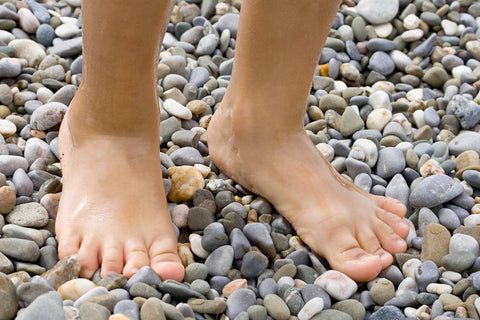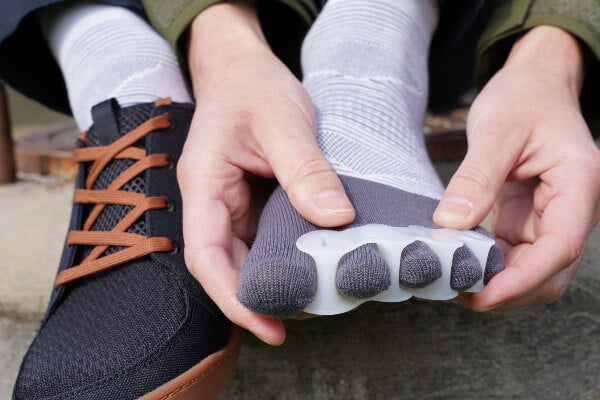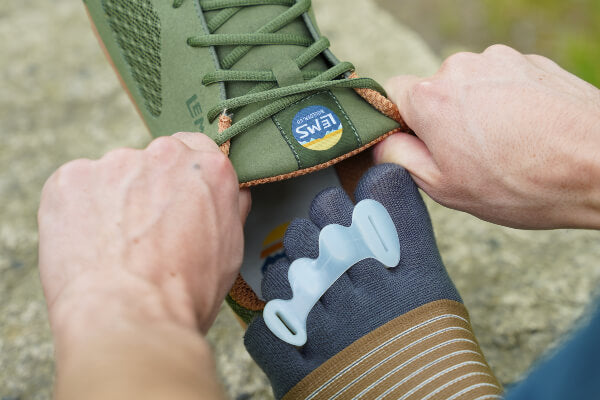Diabetes

Diabetes is a chronic, or lifelong, condition in which the body is unable to maintain proper blood sugar levels. Foot problems are among the most common health concerns diabetics face. Several types of diabetes exist, yet they all may cause similar changes in the feet. Prolonged elevated blood sugar levels may lead to a serious health complication known as neuropathy—nerve damage or dysfunction. The nerves in the... Read more












